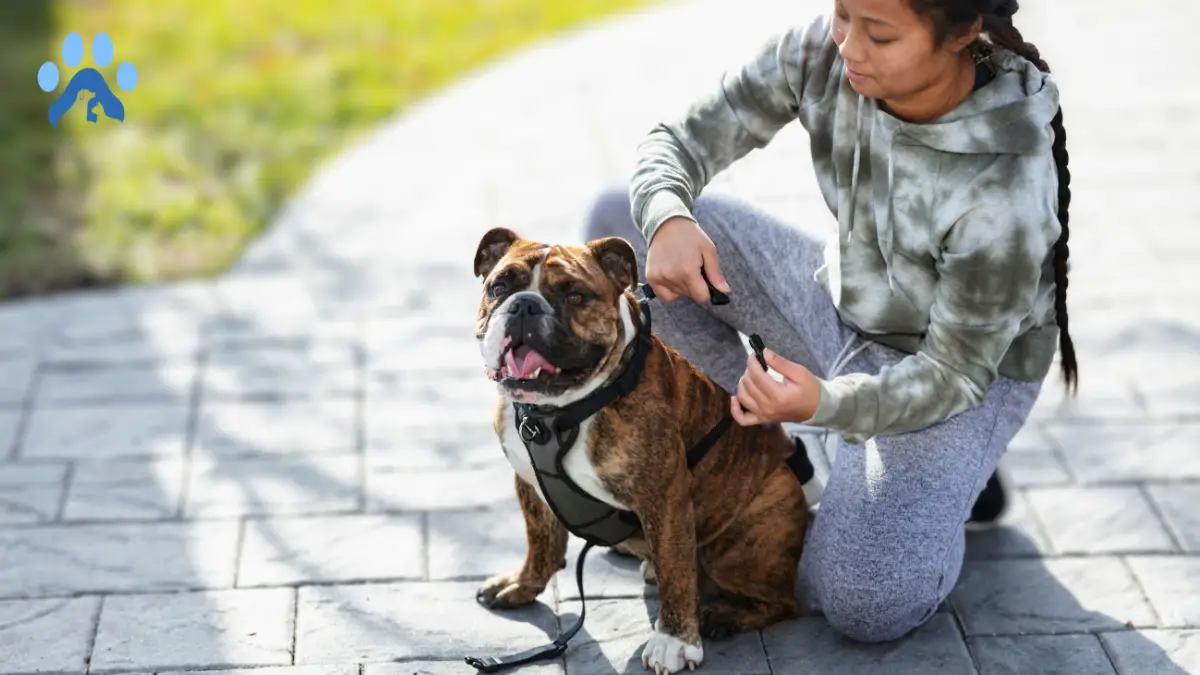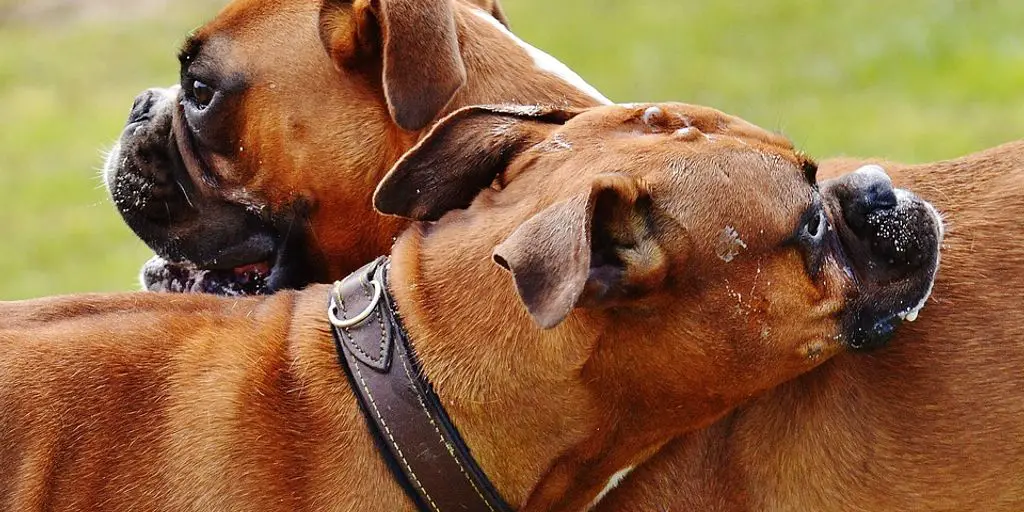Dog bites can be a severe problem, especially during routine activities such as putting on a harness. But here a question arises as to why a dog bites when putting on a harness.
Well, it could be due to various reasons, and one common reason could be the dog’s past experiences of wearing a harness or collar that might have caused discomfort or pain.
So, it is essential to remember that this behavior is not a sign of aggression but rather a fear or anxiety-based response.
This article explores some common reasons for dog bites when put on a harness and offers practical tips on preventing this behavior.
Additionally, we will address the role of proper fitting and selection of harnesses in preventing dog bites.
Read on to learn more,
1. Lack of Proper Training
- Start by introducing the harness to your dog in a positive way. While giving them goodies and praise, let your dog sniff and investigate the harness.
- Gradually start to put the harness on your dog, but only for short periods at first. Again, reward your dog with treats and praise to make the experience positive.
- Increase the time your dog wears the harness progressively as they get used to it. You can also start to attach a leash to the harness and take short walks.
- While putting on the harness, if your dog still displays signs of discomfort or anger, think about getting professional dog training assistance. They can provide personalized advice and training techniques to help your dog feel more comfortable.
2. Past Negative Experiences
It’s common for dogs to resist when wearing a harness, especially if they’ve had negative experiences. This behavior may be due to fear or anxiety, leading to defensive behaviors like biting.
To help your dog overcome this issue, you can try the following steps:
Desensitization: Gradually introduce your dog to the harness in a positive way. Start by showing your dog the harness, then offer treats or praise.
Once your dog is comfortable with the sight of the harness, you can move on to touching it to their body and rewarding calm behavior. Gradually work up to putting the harness on and fastening it.
Counter-conditioning: Connect the harness to enjoy activities like walking or getting treats. This will make it easier for your dog to connect the harness with positive experiences rather than unpleasant ones.
Seek professional help: If your dog’s behavior continues to be a problem, consulting with a professional dog trainer or behaviorist who can guide how to address the issue may be beneficial.
Safety first: In the interim, keeping you and others safe is crucial. Use a muzzle or seek the assistance of a professional if your dog continues to bite when putting on the harness.
3. Protective Instincts
Dogs are natural protectors, and they may view you as a potential threat to their safety when you try to put on the harness. This behavior could also manifest if your dog feels uneasy or afraid while wearing the harness.
To help your dog feel more comfortable with wearing a harness, you can try the following:
- Slowly introduce the harness to your dog by allowing them to sniff and investigate it independently.
- Use positive reinforcement training strategies to reward your dog for remaining calm around the harness.
- Practice putting on and taking off the harness calmly and relaxedly, using treats and praise to reward your dog for cooperating.
- Consider using a different type of harness that may be more comfortable for your dog, such as a step-in or front-clip harness.
- Consult a qualified dog trainer or behaviorist to address the underlying problem if your dog still acts aggressively when wearing the harness.
Importance of Proper Fitting of a Harness to Prevent Your Dog from Biting
A well-fitted harness distributes pressure evenly across the dog’s chest, reducing the likelihood of discomfort or injury that could trigger aggressive behavior.
Additionally, selecting the correct harness for your dog’s breed, size, and temperament can make all the difference in preventing biting incidents.
A well-chosen harness can give you greater control over your dog, reducing the risk of them reacting violently to a perceived threat.
Investing in a high-quality harness and taking the time to fit it correctly can help ensure your dog is safe, comfortable, and well-behaved.
People Also Asks
Conclusion
Dog owners must approach the issue of dog bites when putting on a harness with patience and care.
While it may be frustrating to deal with this behavior, it’s essential to understand that the dog is likely feeling scared or uncomfortable in this situation.
Therefore, consulting with a professional dog trainer or behaviorist can help address the root cause of the behavior and develop a plan to address it effectively.



